Preserving the flavor of the homeland
Phu Tho - the land of the ancient capital Van Lang associated with the Hung King era of nation building has a unique and diverse culinary culture imbued with the identity of the homeland.
The cuisine of the midland region of Phu Tho is quite rich and has many unique features, from the ingredients to the extremely diverse processing methods. There are dishes associated with legends, with festivals, with the spiritual culture of the origin or dishes that are specialties of the region, only available in that region or delicious in that region.
Nowadays, although far from home, the children of Phu Tho in Dak Nong still remember and continue to preserve the flavor of their ancestral land in their new homeland.

Every year, on the occasion of the Hung Kings' death anniversary on the 10th day of the 3rd lunar month, the family of Mrs. Chu Thi Tu, Dak R'moan commune, Gia Nghia city, gathers together to prepare a traditional meal to commemorate the Hung Kings and their ancestors.
Born in Thanh Son (Phu Tho), in 1997, Ms. Chu Thi Tu followed her husband to Dak Nong to start a business. Although she has been away from home for many years, this tradition has always been maintained regularly by Ms. Tu's family.
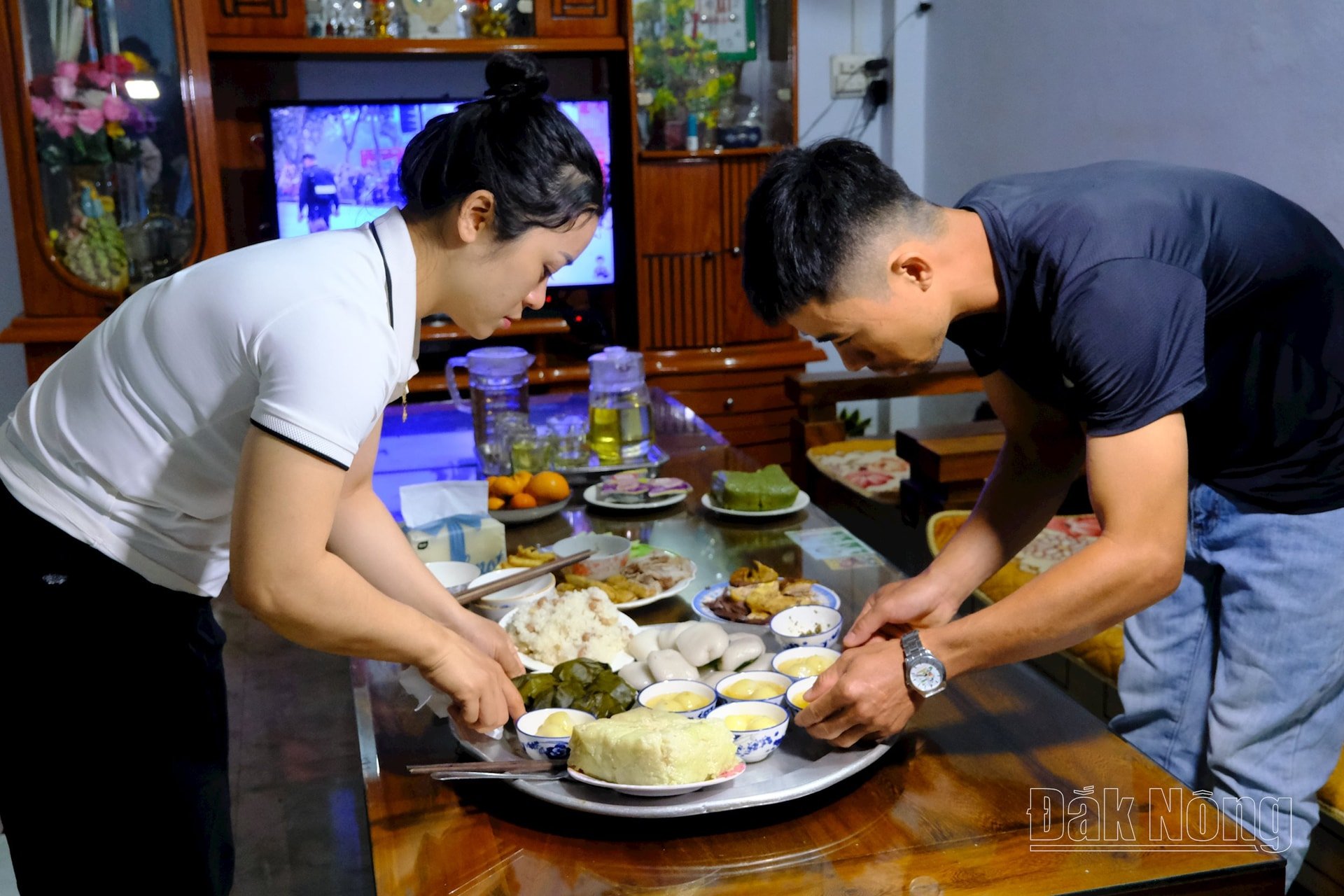
Mrs. Tu said that on the ancestral altar, there must always be cakes such as: banh chung, banh giay, banh troi. These are all products made from fragrant sticky rice, a typical result of wet rice cultivation since the Hung King period, associated with legends, festivals and spiritual culture of the ancestral land.
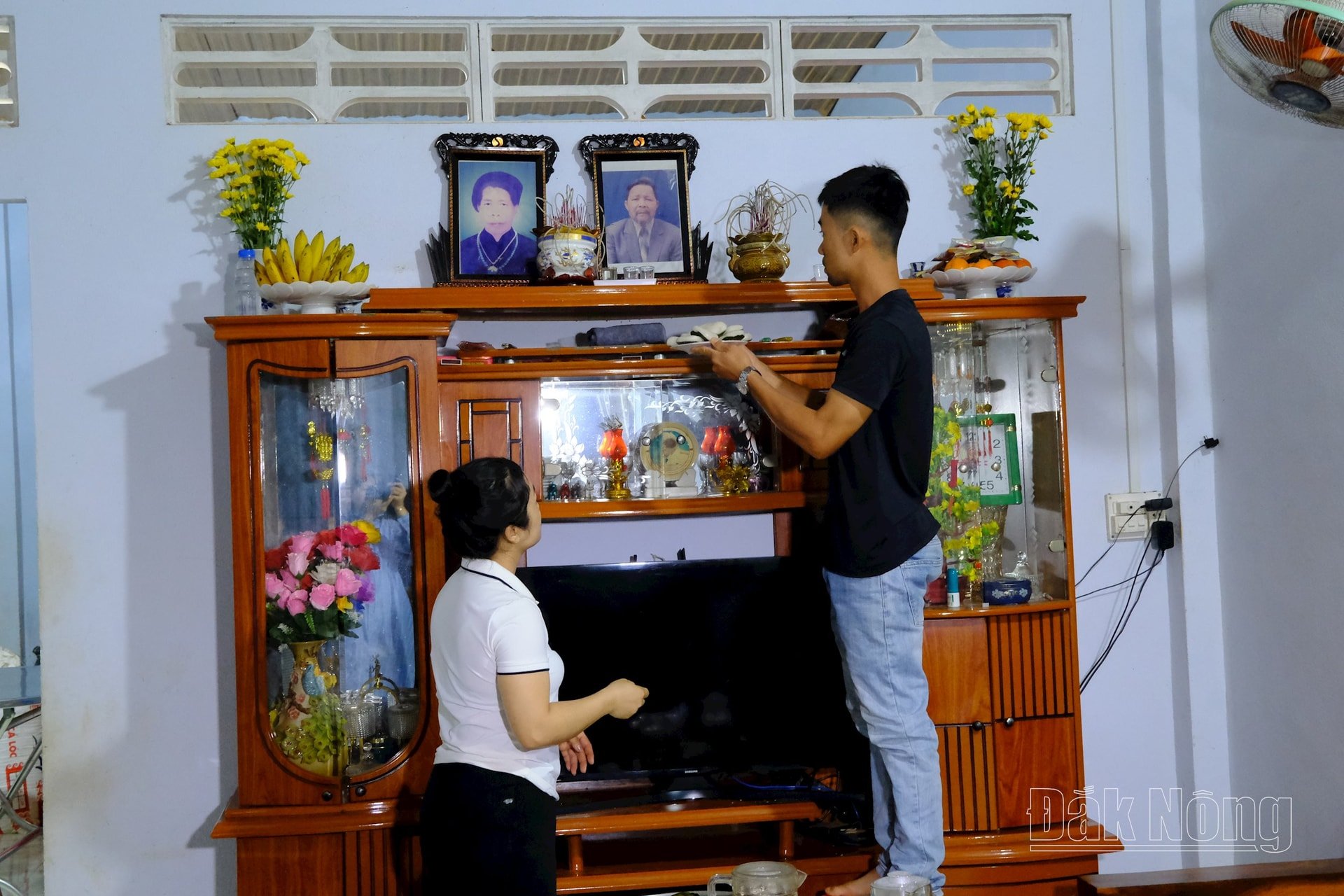
In the cozy kitchen of her family, while skillfully shaping each banh troi ball, Mrs. Tu gently told her children and grandchildren about the history and methods of making each type of cake as well as the origin of her homeland.
Banh chung and banh giay, two types of cakes symbolizing “round sky, square earth”, are associated with the story of filial piety of Prince Lang Lieu during the reign of the 6th Hung King.

Banh chung is square in shape, symbolizing the earth. The cake is wrapped in dong leaves, filled with sticky rice and filled with green beans, onions, and pork.
The sticky rice cake is plump, pure white, with an arc-shaped top like the sky. The floating cake is shaped into small balls, white on the outside, with red sugar or brown honey filling inside, and eaten with sugar water cooked with ginger.
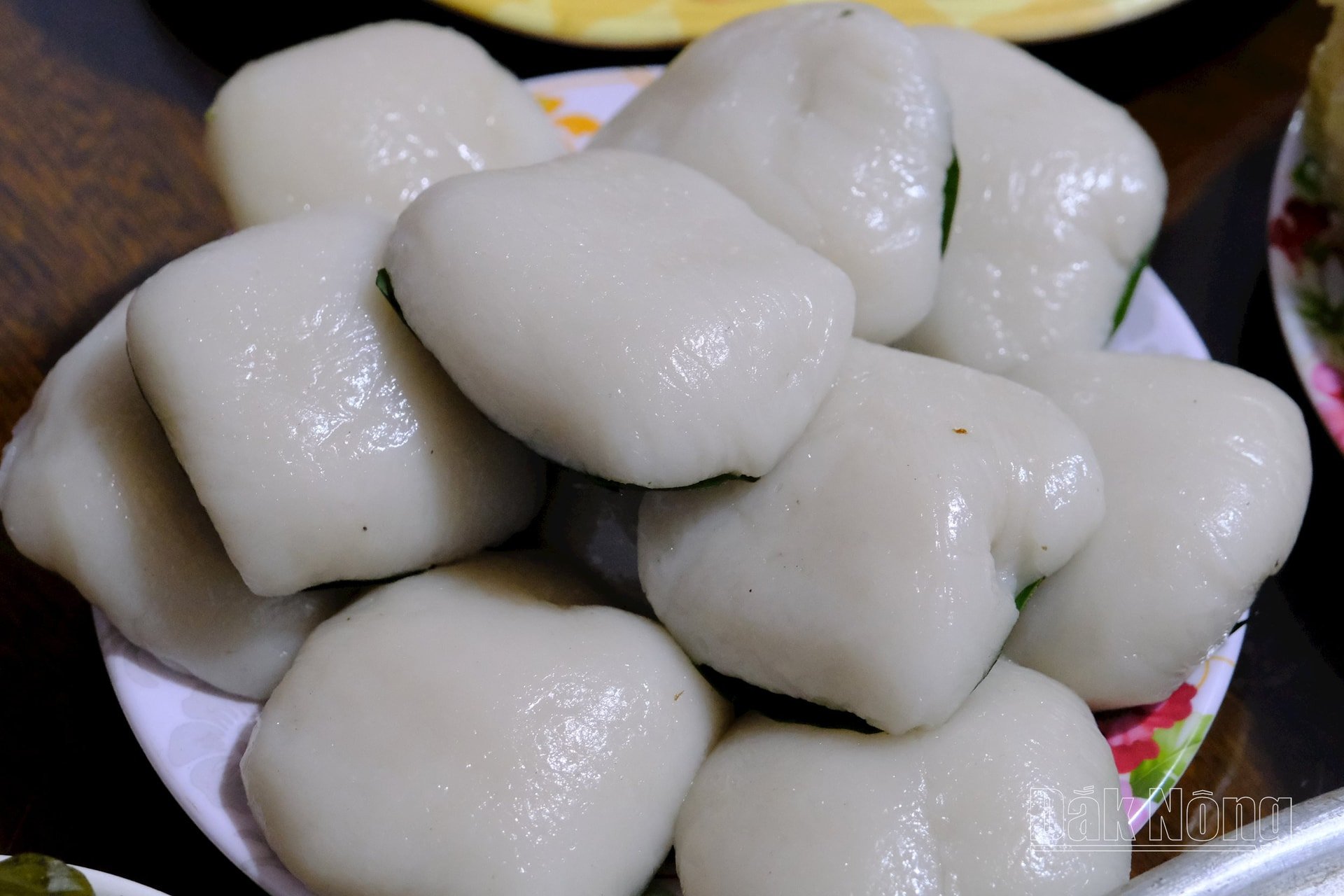
These cakes have existed since the Hung Kings founded the country until today. On the annual Hung Kings' death anniversary, the offerings to the Hung Kings by Phu Tho people cannot lack these cakes.
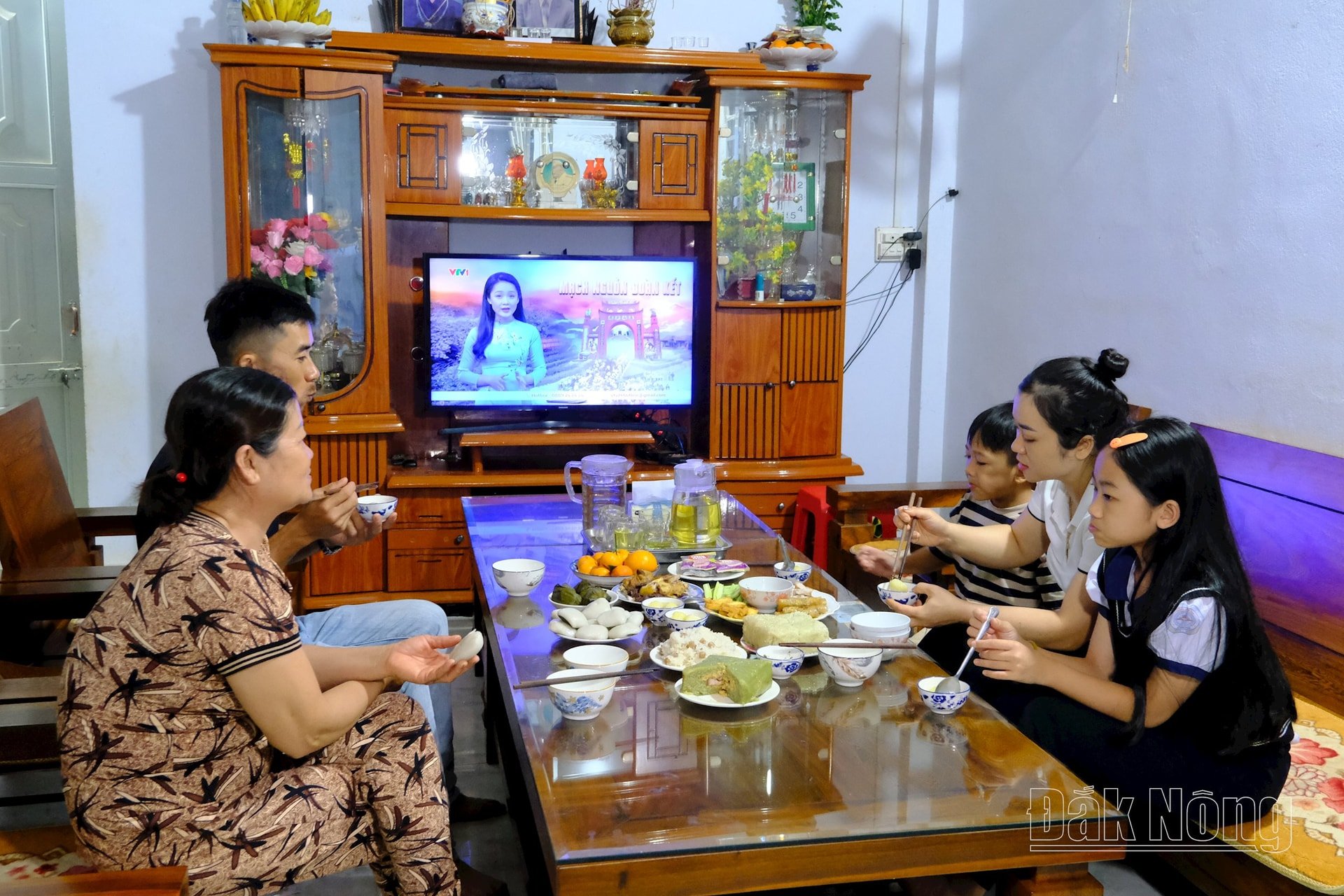
Mrs. Chu Thi Tu confided: “As a child of Phu Tho who left home to settle in Dak Nong, on every occasion of the Ancestor's Death Anniversary, my family makes a tray of offerings with rustic and familiar cakes of our homeland such as banh chung, banh giay, banh troi to offer to the Hung King and our ancestors. Since my grandmother's and mother's generation, my children and I have maintained the habit of making cakes on the Ancestor's Death Anniversary. This is a way for children far from home to preserve their homeland's cuisine as well as remember their roots."
Fusion of Phu Tho - Dak Nong cuisine
From the 8th and 9th of the third lunar month every year, the Phu Tho Association in Dak Buk So commune, Tuy Duc district is busy preparing dishes to serve the Hung King worship ceremony held at the Hung King Temple.
Mr. Chu Van Chuc, Liaison Committee of Phu Tho Fellow Countrymen Association in Dak Buk So Commune, said that due to living conditions far from home, the dishes offered to the Hung Kings are simpler and less diverse than those at Phu Tho Hung Temple. However, the tray of offerings is still full of traditional dishes such as banh chung, banh giay, sticky rice, and boiled pork.
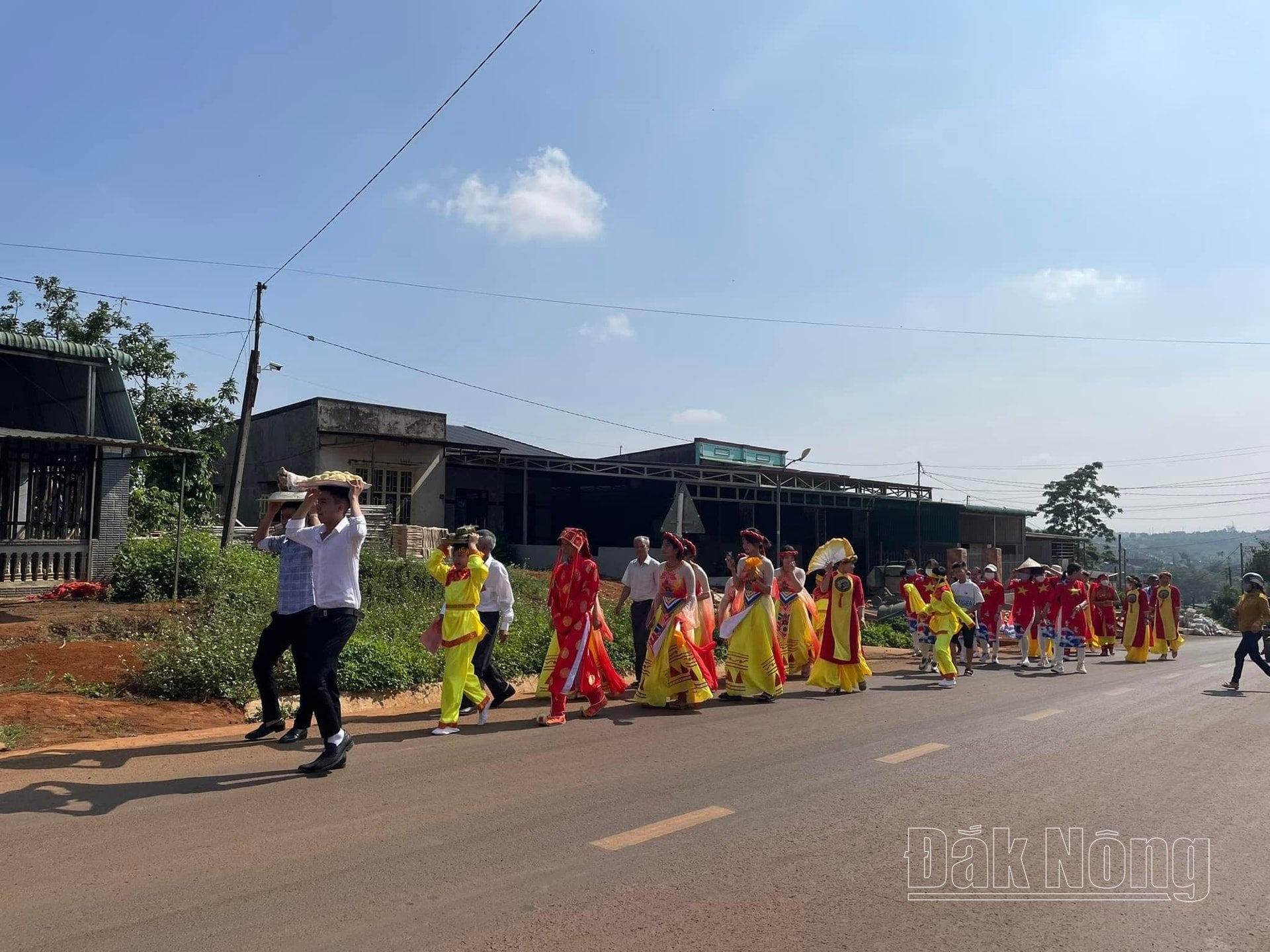
Although still made by the skillful hands of Phu Tho people, banh chung and banh giay in their second homeland - Dak Nong still have a different flavor compared to those in their ancestral land Phu Tho. The special feature of banh chung and banh giay in Dak Nong lies in the delicious rice grown right in this land.
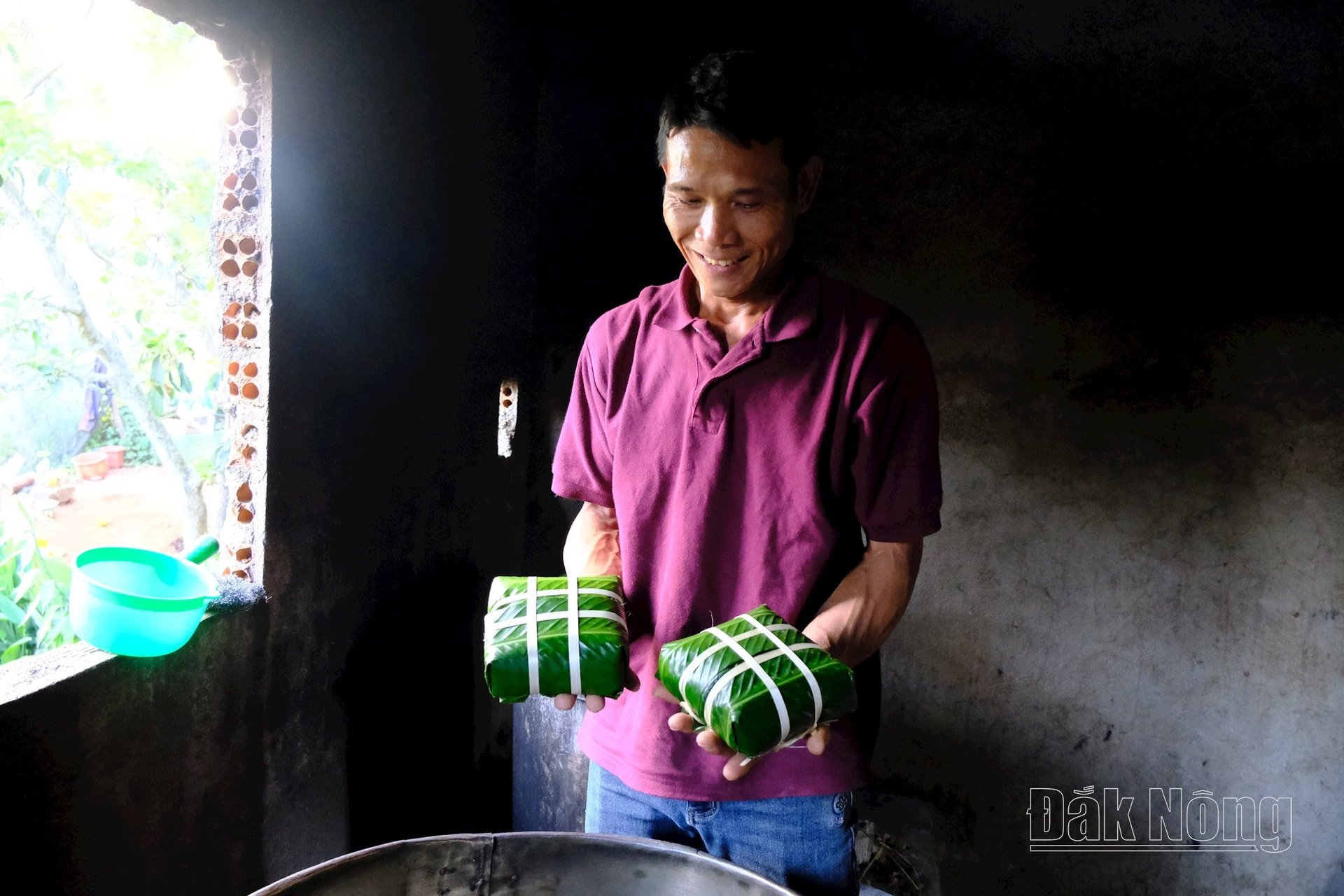
The square banh chung, encapsulating the flavor of the homeland with a layer of fragrant sticky rice, sweet green bean filling, fatty pork, and the spicy taste of Dak Nong pepper, mixed with the aroma of onions and dong leaves. In addition, the ivory white banh giay, smooth, fragrant with the smell of sticky rice, reaches the perfect softness, not too dry or too wet, bringing a delicate and pure flavor.
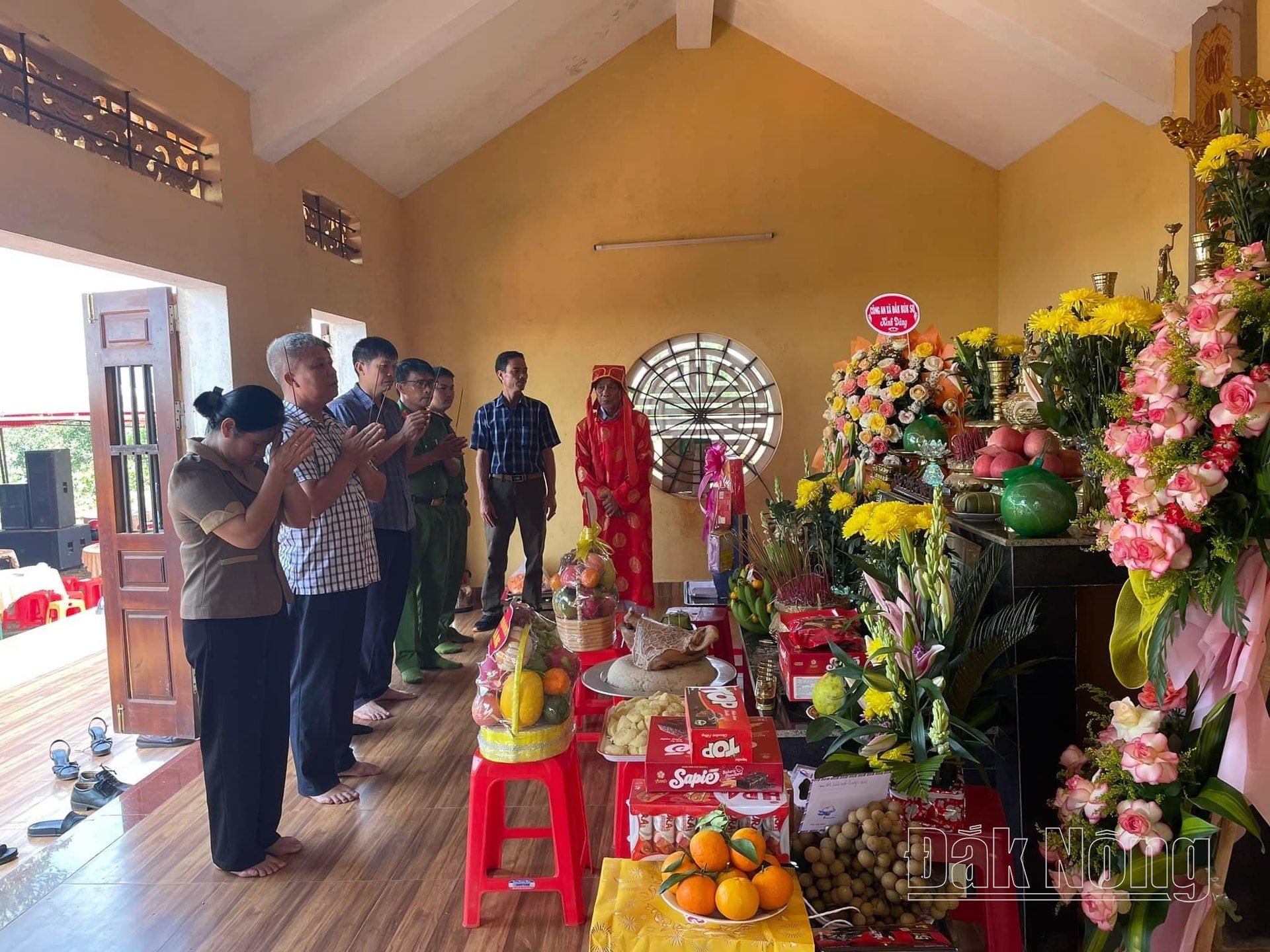
“Every time the Hung Kings’ Death Anniversary on March 10th comes, we, the Phu Tho people in Dak Nong, are excited and bustling. Even though we live far away from home, our hearts always turn to our homeland, making offerings from the products that we ourselves made on the basalt land of Dak Nong to present to the Hung Kings. The taste of our homeland is not only contained in the delicately presented dishes, but also filled with the moments when the children far away from home gather together, busily preparing to cook, and sharing stories imbued with the love of our homeland,” said Mr. Chu Van Chuc, Liaison Committee of the Phu Tho Fellow Countrymen Association in Dak Buk So Commune, Tuy Duc District.
Developing the taste of home
On Hai Ba Trung Street, Gia Nghia City, there is a restaurant bearing the culinary imprint of the homeland - Hung Vuong Pork Met Restaurant owned by Mr. Chu Van Ngoc. As a son of Phu Tho, he has put the flavors of his homeland into each dish, helping diners right in Dak Nong to enjoy specialties imbued with the identity of the homeland.
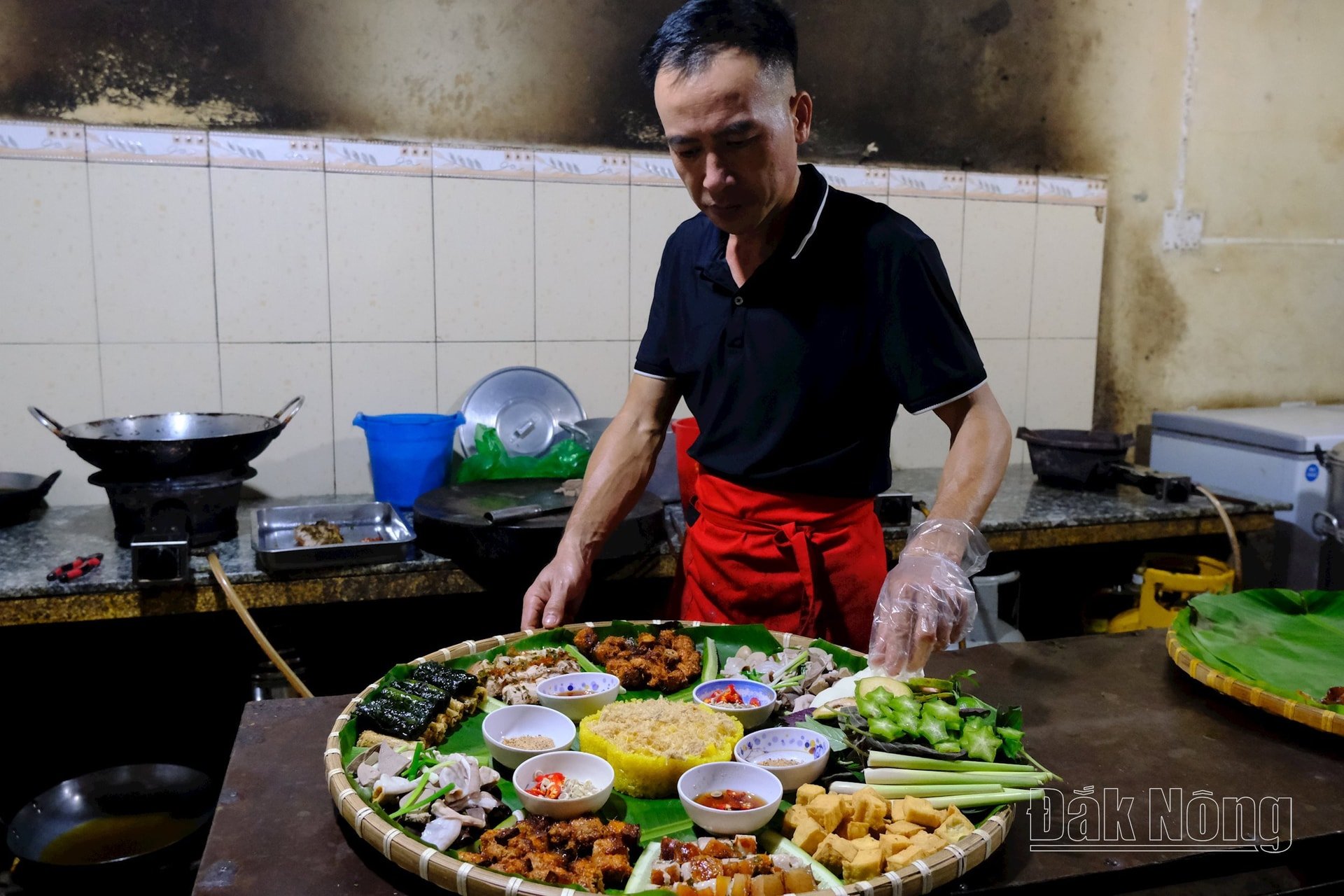
Mr. Chu Van Ngoc and his family left Phu Tho to start a business in Dak Nong in the 2000s. In 2014, he opened the first pig tray restaurant in Gia Nghia City. The name "Hung Vuong Pig tray" not only reflects the rustic serving style of the restaurant but also shows his nostalgia and love for his homeland.
The dishes are presented on banana leaves, both simple and beautiful, expressing the spirit of respect for nature and gratitude to the land and sky. Each dish here is not simply a meal but also a story about culture, about beautiful memories of the homeland.

Mr. Chu Van Ngoc said that on every Hung King's death anniversary, Phu Tho people often gather around a tray of food with traditional dishes such as: boiled pork, grilled pork, banana soup with pork bones, sticky rice with beans,... Under the skillful hands of those who live far away from home, from the familiar ingredient of pork, combined with the ingredients and spices of Dak Nong, Mr. Ngoc has created dishes with their own flavors, both familiar and new.
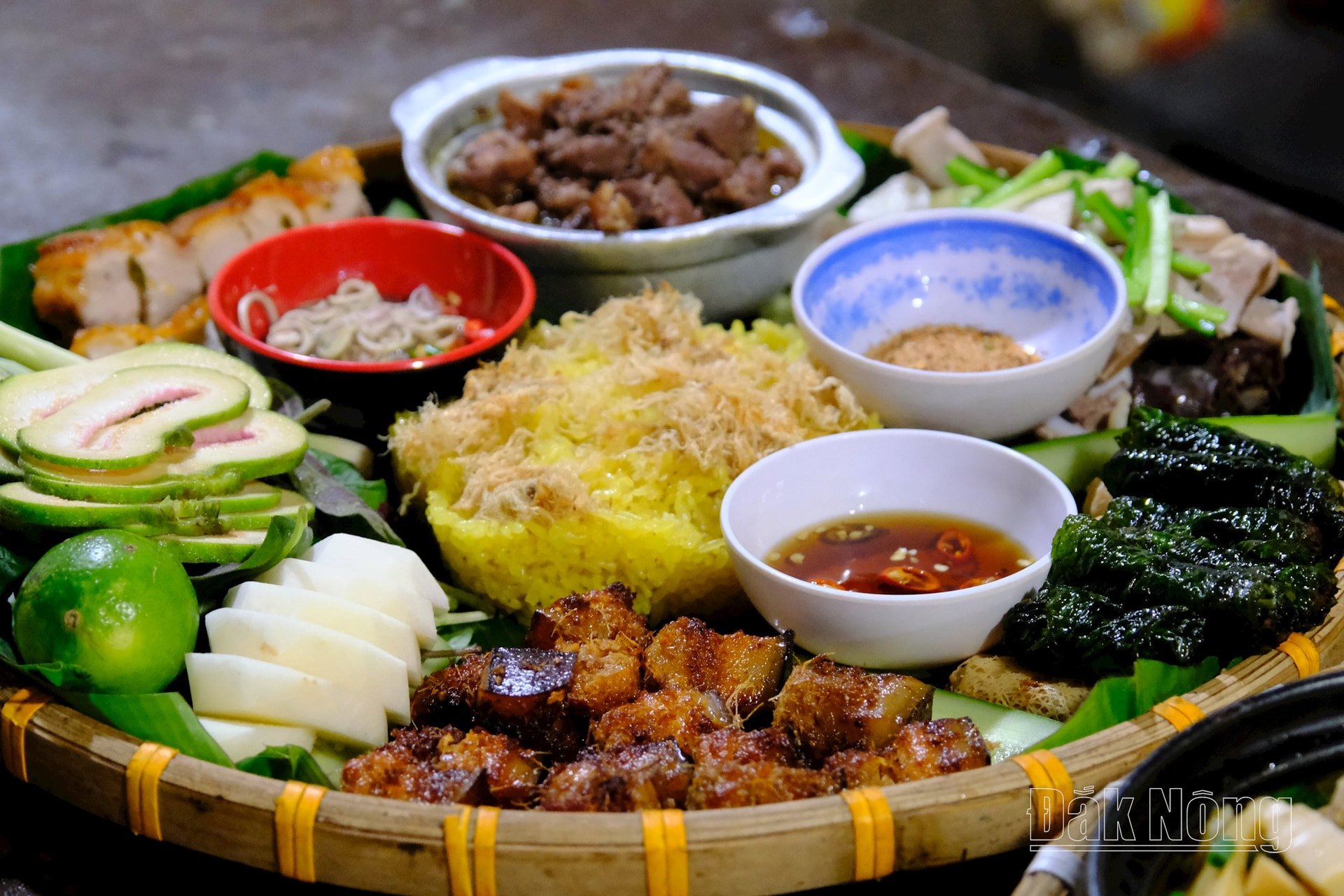
One of the special features of Phu Tho cuisine is the sophistication in the way it is prepared. Boiled pork seems simple but has its own unique characteristics when dipped in sesame salt - a blend of crushed roasted peanuts and salt, creating a rich, fatty flavor.
For roast pork, instead of roasting the whole pig like many other places, Phu Tho people only choose the third part, marinate it with special spices, stuff it into a bamboo tube and roast it. Mr. Ngoc still keeps these traditional recipes and applies them at his restaurant.
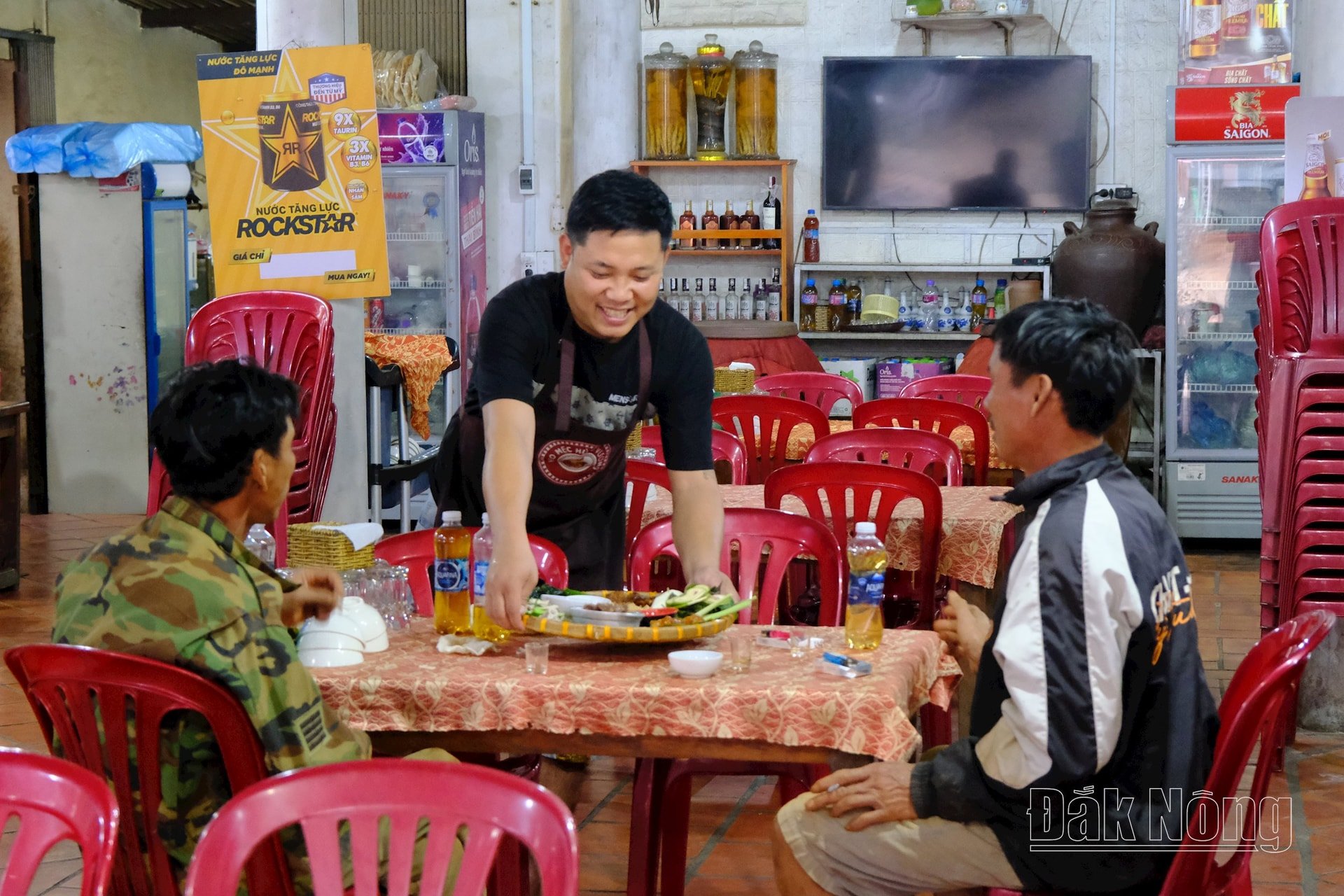
In the early days of opening the restaurant, Mr. Ngoc prepared dishes according to the true flavor of Phu Tho. However, to better suit the taste of the people of the Southern Central Highlands, he made some adjustments in the seasoning method but still tried to maintain the spirit and traditional cooking style of the homeland. "As a Phu Tho native, I always want to preserve the flavor of my homeland. However, there also needs to be variations to meet the needs, tastes and preferences of diners here," Mr. Ngoc shared.
Cultural exchange
Although modern life has changed a lot, traditional values are still preserved in the cuisine of both Phu Tho and Dak Nong. The dishes are not only about taste but also about cultural significance, expressing community spirit and hospitality.
From dishes that carry the national soul to new creations, the culinary exchange between Phu Tho and Dak Nong is a testament to the connection between regions. It is not simply a story about cuisine, it is also a cultural exchange, contributing to the richness, diversity and unique appeal of each land.
With more than 40 ethnic groups living together, Dak Nong is a land of unique culinary quintessence. With favorable natural conditions, living near rivers, streams, mountains and forests, for generations, people here have taken advantage of available ingredients to prepare dishes imbued with the flavors of the Central Highlands.
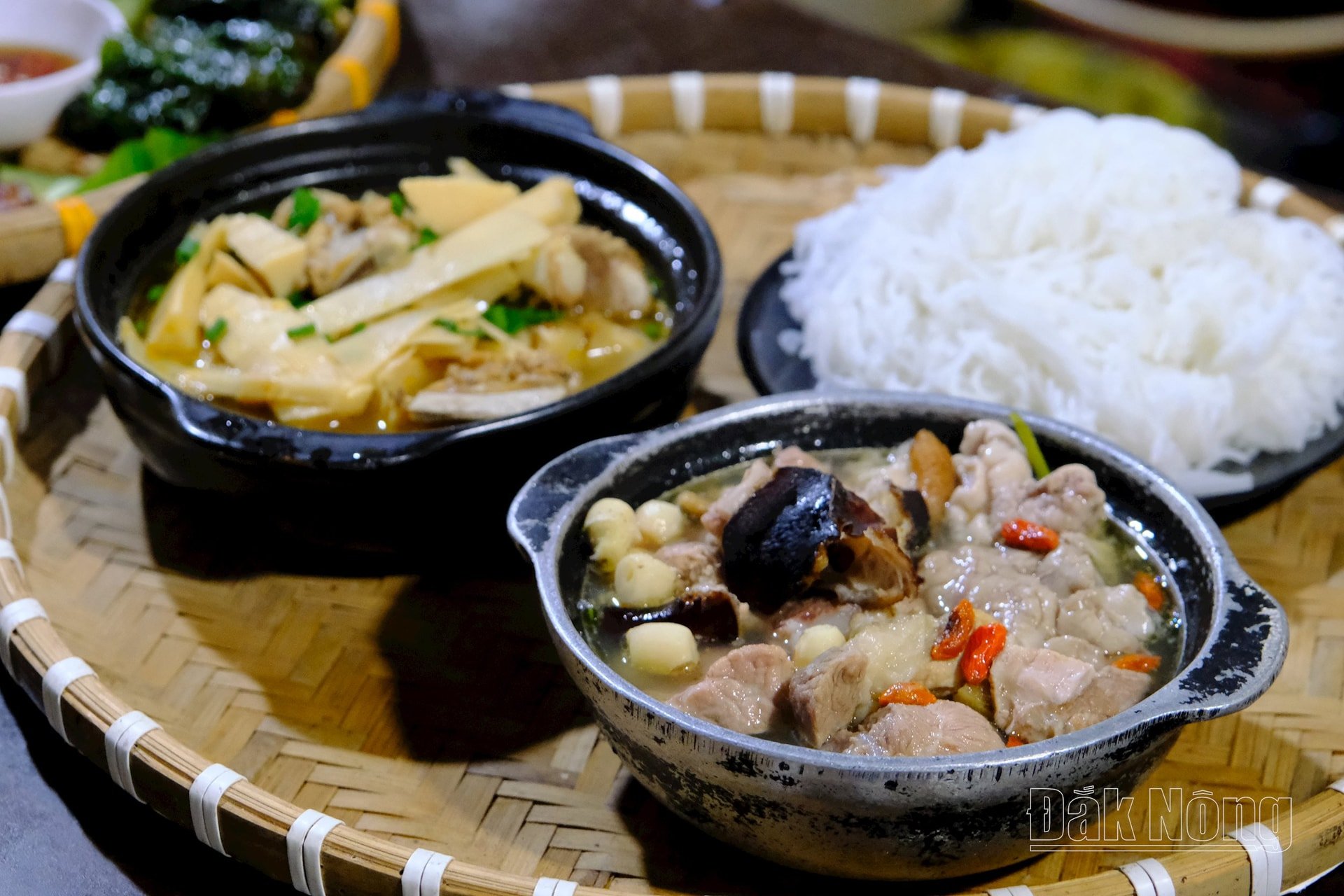
When it comes to the cuisine of the indigenous peoples of Dak Nong, we cannot ignore the typical dishes that are always present in major festivals such as rice wine, bamboo rice, grilled meat... Although life has changed a lot today, the M'nong, Ma, and Ede people still preserve the culinary characteristics of their ethnic groups. During festivals, weddings or harvest celebrations, traditional dishes such as bamboo rice, grilled meat... are always carefully prepared to serve guests, demonstrating hospitality and community spirit.
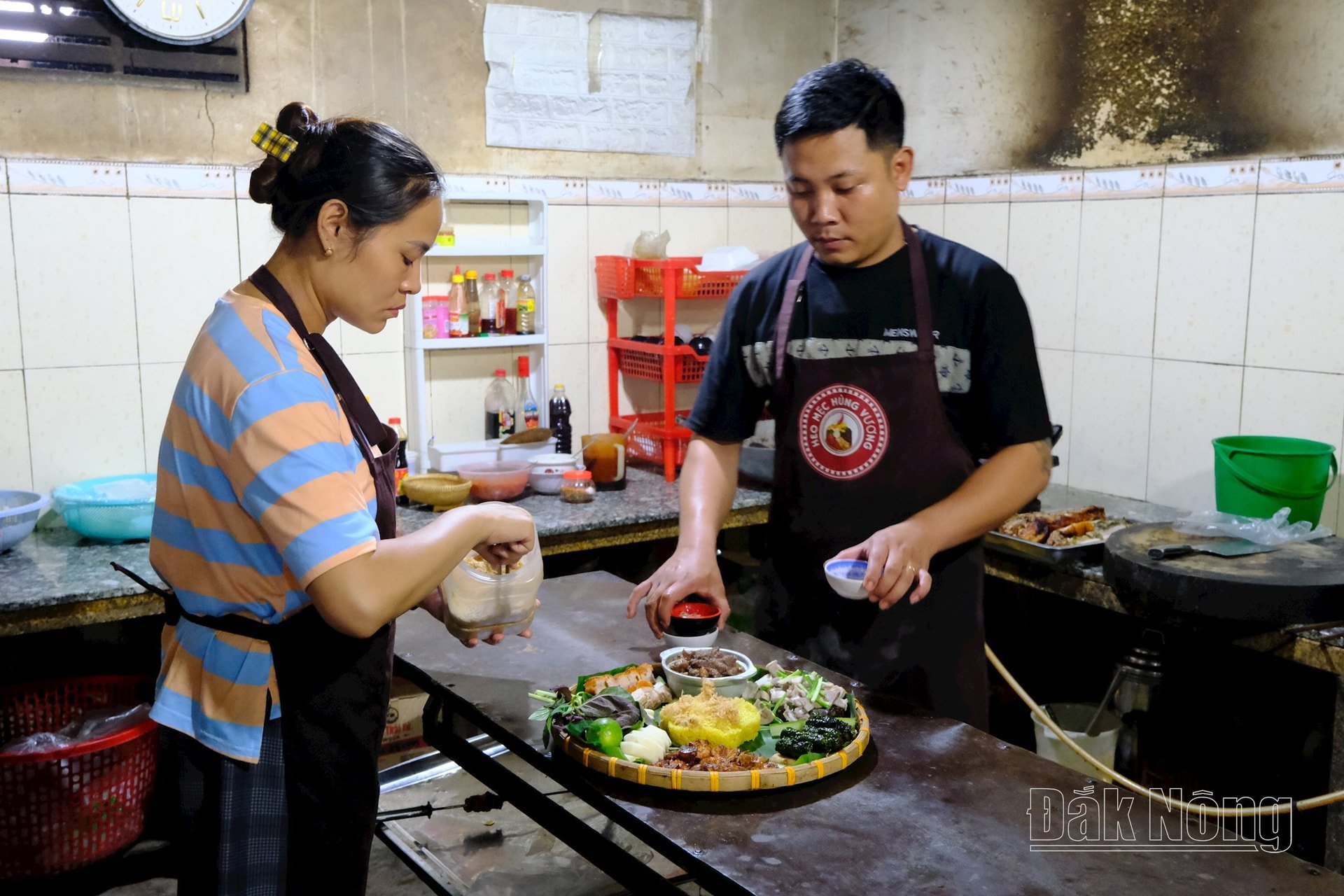
Not only the indigenous peoples, in recent years, the migration wave of northern ethnic groups such as Dao, Tay, Nung, Mong, Thai... has also contributed to enriching the culinary picture of Dak Nong. The Tay people brought five-color sticky rice, roasted pork with mac mat, and fish sauce; the Dao people are famous for more than 60 dishes, including deer wine, stir-fried chicken with ginger, and sour pickled meat; the Mong people are famous for men men, thang co, and corn wine. Their dishes not only have a strong highland flavor but also demonstrate the ingenuity and sophistication in preparation.

The fusion of culinary cultures has created a colorful picture in Dak Nong. Not only are there traditional dishes of ethnic minorities, but there is also a combination of cuisines from the three regions of North - Central - South, creating a Central Highlands culinary style that is both familiar and unique. Currently, many restaurants and hotels in Dak Nong also include traditional dishes in the menu to help preserve national identity and adapt to modern tastes.
Dak Nong cuisine is a symbol of cultural identity, a bridge between people and nature, between tradition and modernity, creating a unique appeal for the sunny and windy Central Highlands.
Source: https://baodaknong.vn/am-thuc-phu-tho-tren-que-huong-dak-nong-248372.html



![[Photo] Unique folk games at Chuong Village Festival](https://vstatic.vietnam.vn/vietnam/resource/IMAGE/2025/4/10/cff805a06fdd443b9474c017f98075a4)

![[Photo] April Festival in Can Tho City](https://vstatic.vietnam.vn/vietnam/resource/IMAGE/2025/4/10/bf5ae82870e648fabfbcc93a25b481ea)
![[Photo] Opening of the 11th Conference of the 13th Party Central Committee](https://vstatic.vietnam.vn/vietnam/resource/IMAGE/2025/4/10/f9e717b67de343d7b687cb419c0829a2)

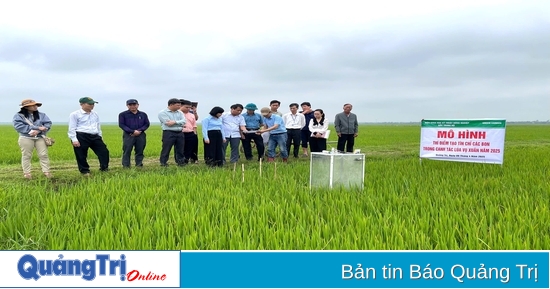
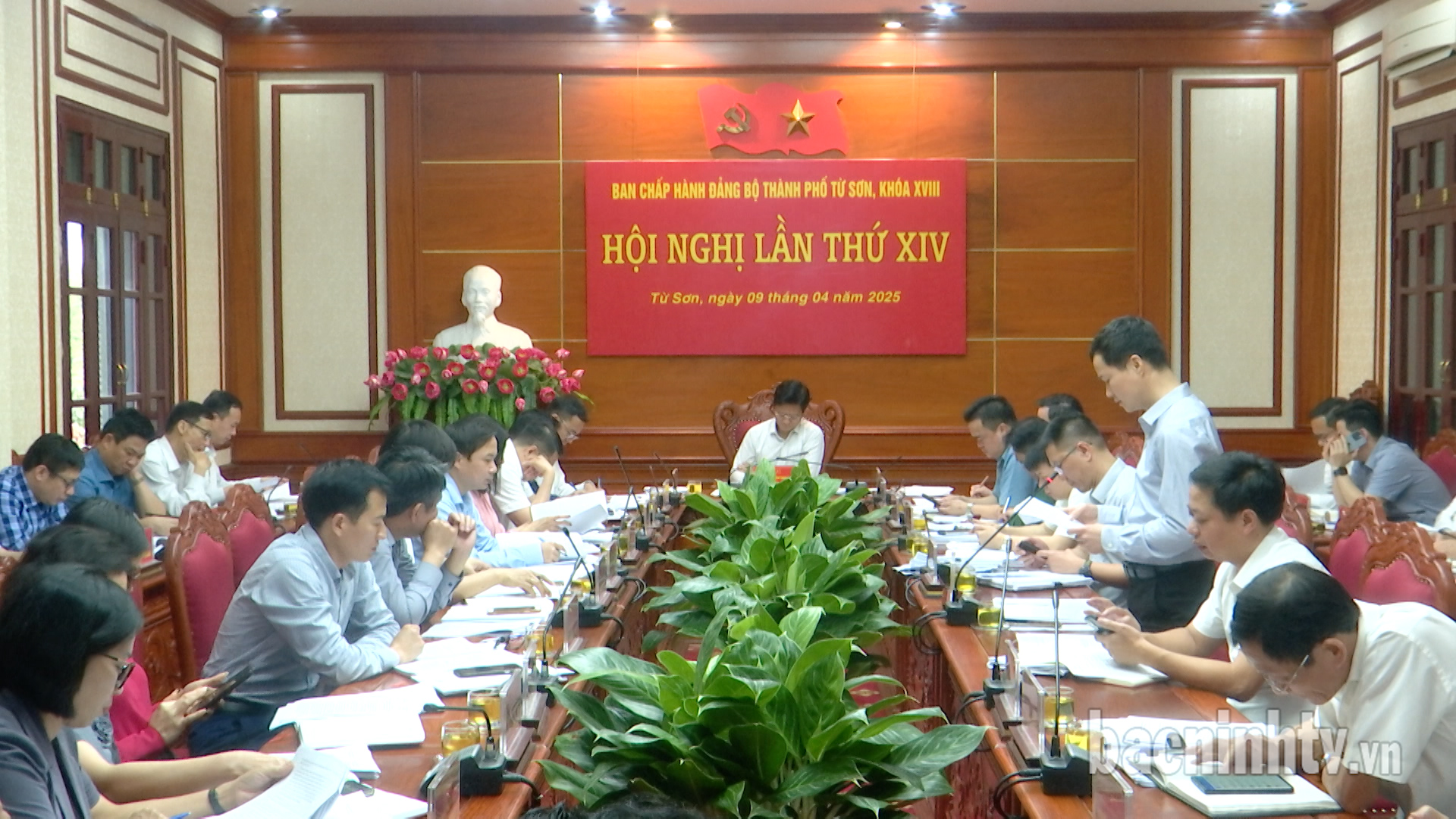



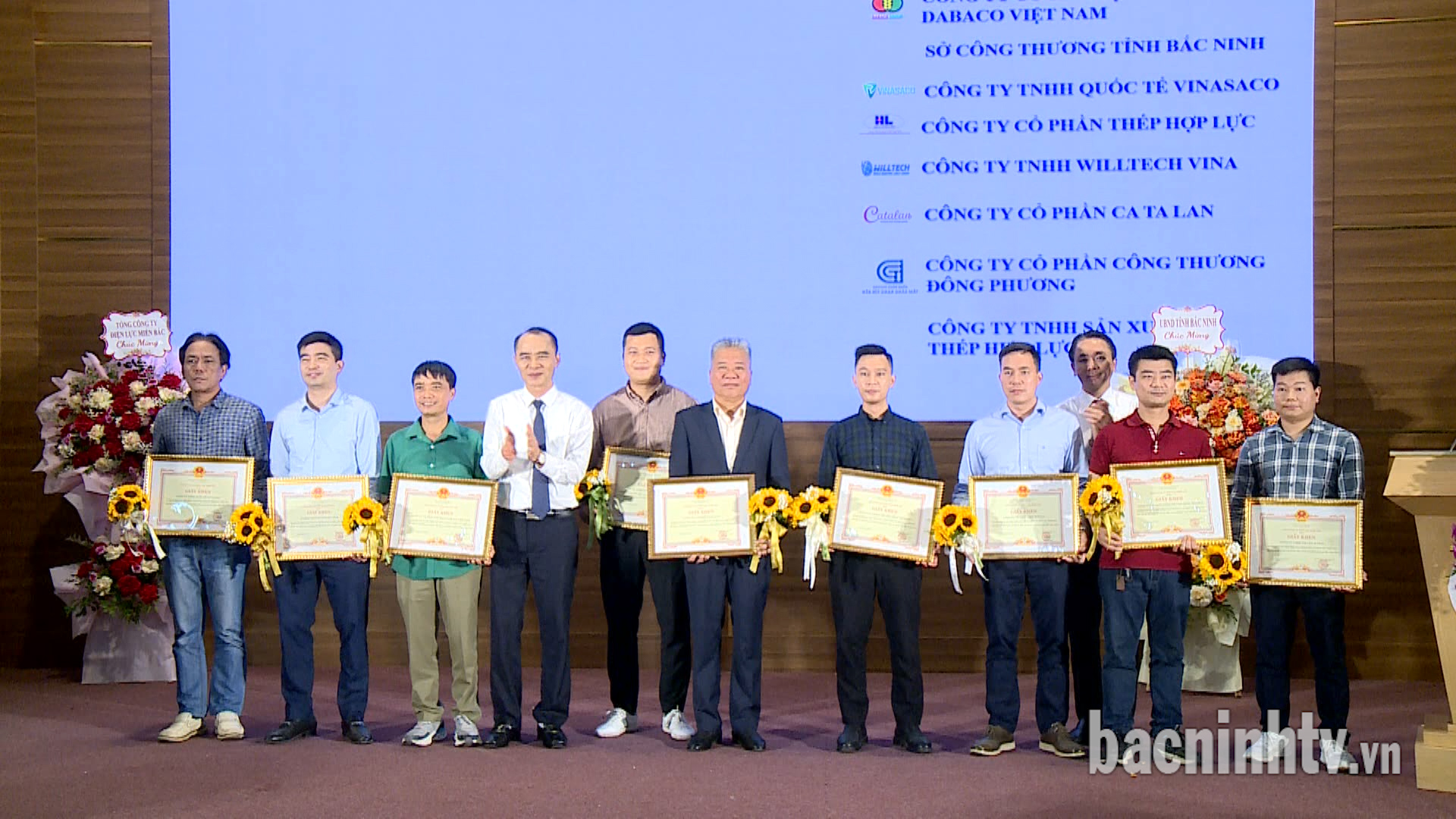




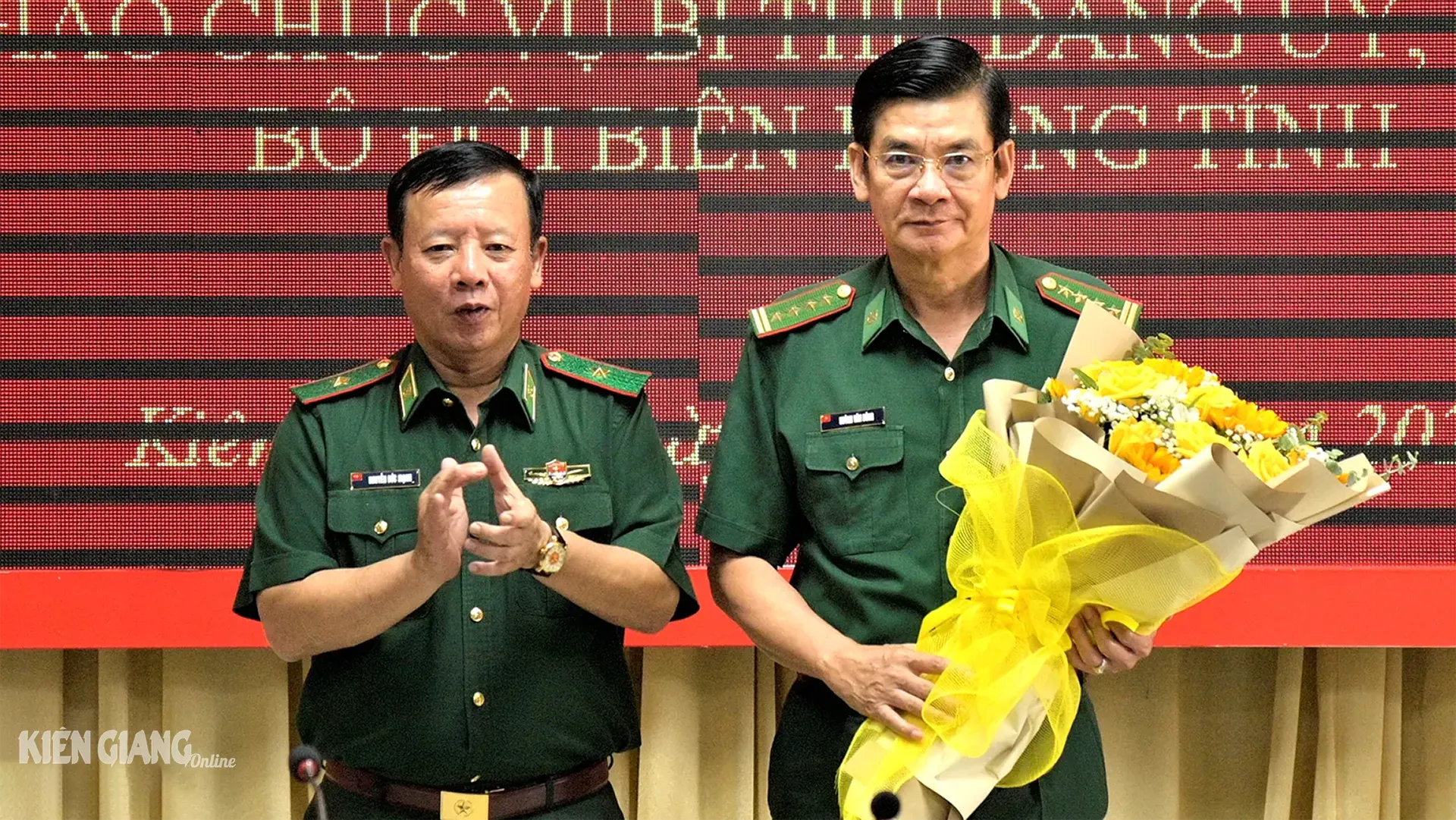

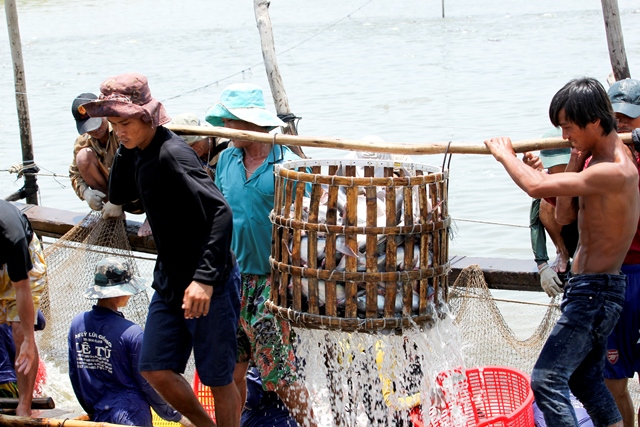
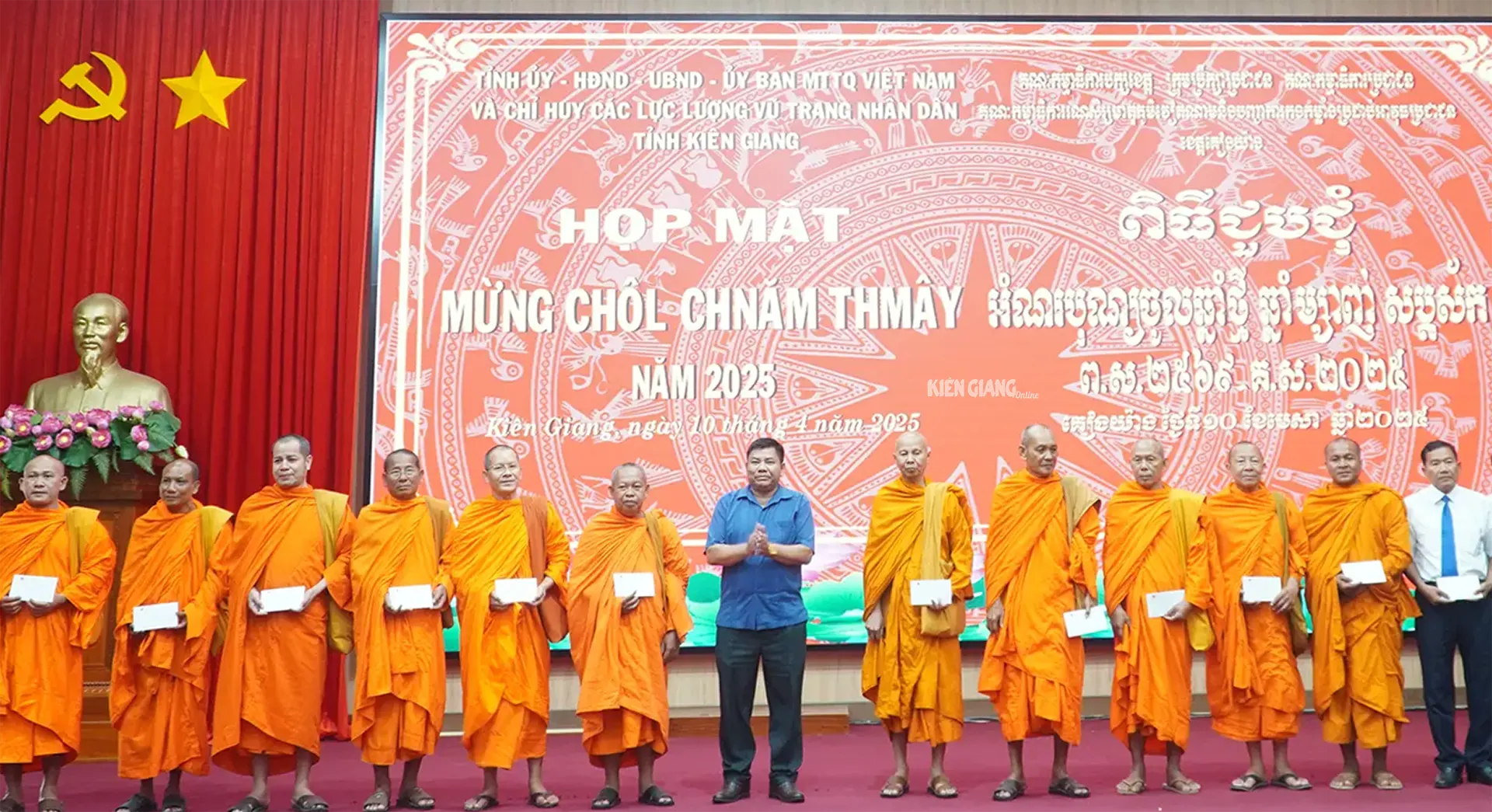
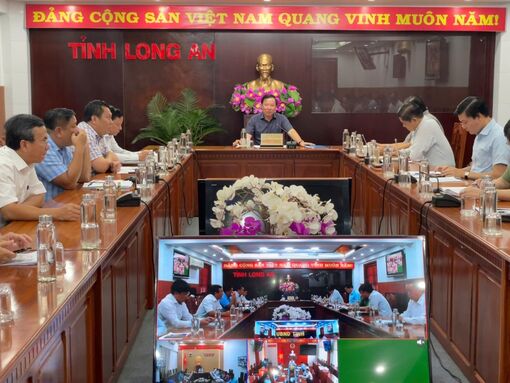














































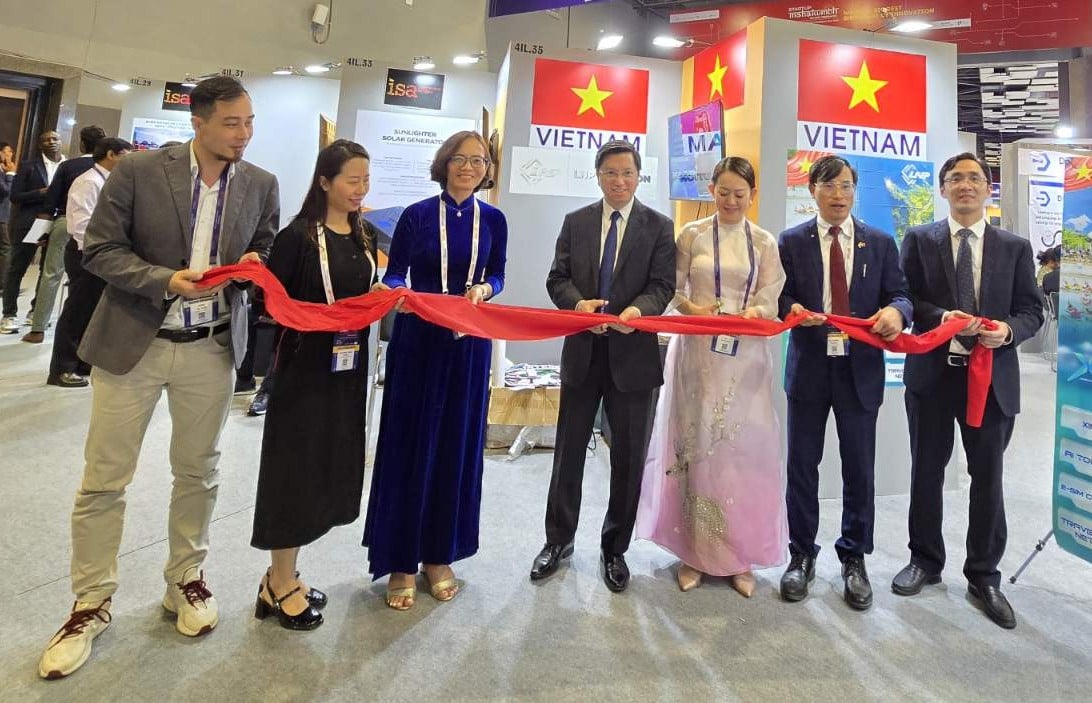
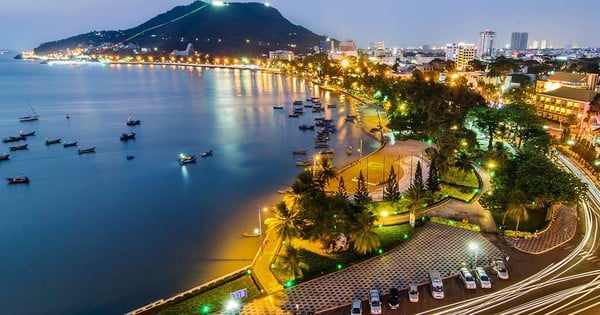

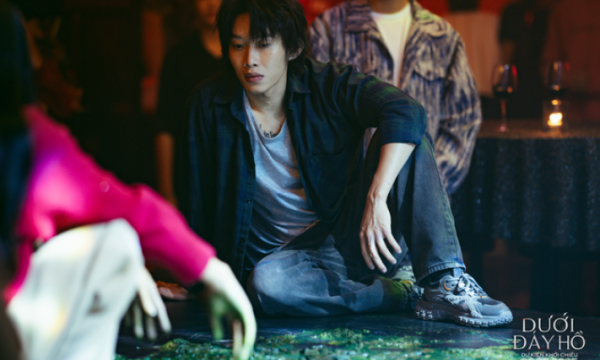

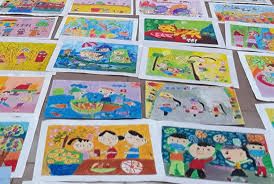

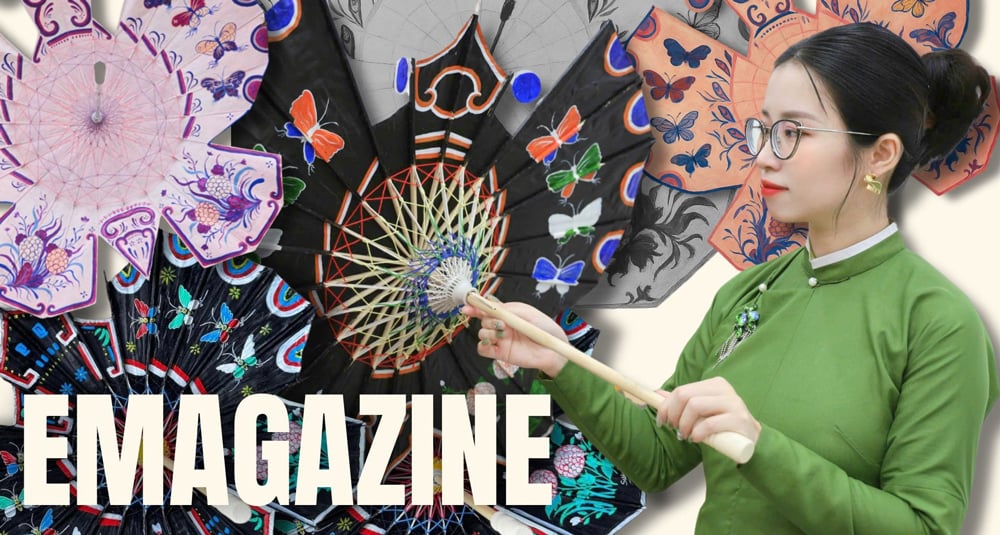









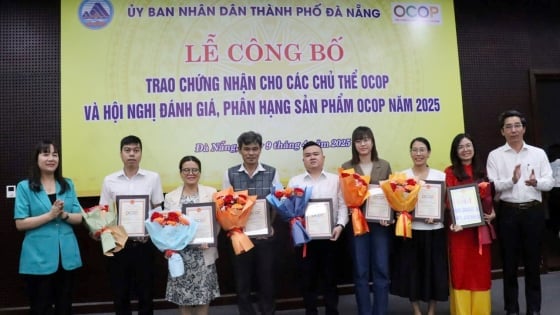


Comment (0)